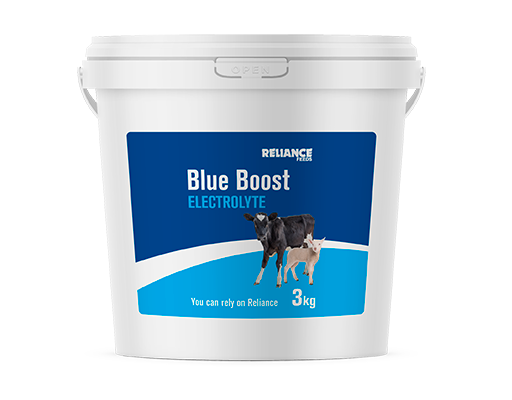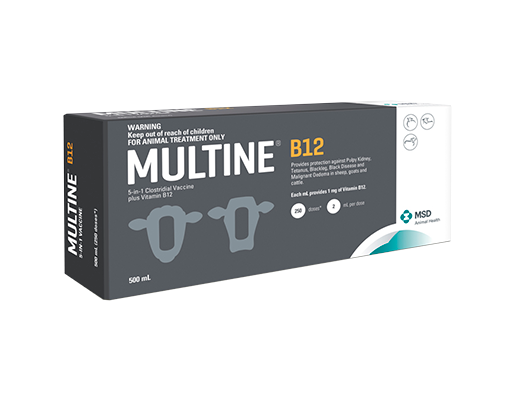CALF HEALTH: GETTING CALF MARKING RIGHT
Words by Farmlands Animal Health Technical Team
Seeing youngsters thrive is not only rewarding, it’s also important for setting a good platform for future production and performance success.
Premium calf health is supported by implementing routine husbandry practices and carrying out necessary treatments in a timely manner. 'Calf Marking’ is just one of these practices and can include: earmarking, ear tagging, disbudding or dehorning and castration. Here is some key information you need to know:
- Ear tagging provides a unique individual identity for more accurate record keeping, performance measures, tracking and monitoring treatments, supporting biosecurity and providing on-farm traceability. All calves, either within 180 days of their birth, or before their first off-farm movement (whichever comes first), must receive a NAIT tag. The exception is bobby calves destined for slaughter within 30 days. Some calves are ear-marked with a permanent notch using special pliers. This is where the ‘mark’ is legally registered to the property owner, and assists in verification of stock ownership. Samples for DNA testing could also be taken at this time.
- Choosing to castrate bull calves to become steers can help reduce aggressive behaviour, minimise pressures on fencing and helps to reduce unwanted breeding. Castration can be carried out by several methods such as using a rubber ring within the first three weeks of birth as this is the least stressful time. Ensure both testicles are down before releasing the ring. Under the code of animal welfare, when castrating an animal greater than six months of age, pain relief must be used.
- To avoid accidents, injuries and fatalities, to either animals or people, disbudding or dehorning is performed. The best practice and optimal age for disbudding is under eight weeks of age. Or, for dehorning once the bud attaches to the skull after eight weeks of age. It is a mandatory requirement under New Zealand regulations to administer adequate pain relief, regardless of age. Alternatively, using polled breeds would avoid the need to dehorn or disbud.
- Offering calves electrolytes like Reliance Blue Boost after stressful yarding procedures can help to rehydrate a stressed animal and minimise checks in performance.
- To help safeguard against infection and blood poisoning from clostridial disease, it is highly recommended that calves are given an initial two dose primary vaccination course followed by an annual booster. For example, Multine or Multine B12 should be given from weaning for best coverage.
- Administration of a lice treatment such as Blaze pour-on in the autumn when lice numbers are lower prior to the winter helps manage this pest better while targeting pesky flies too.
- Late summer and autumn parasites can be a challenge. Therefore, continually monitor calves for worms, using the FECPAKG2 test packs, and administer preferably an oral triple worm drench as indicated by the test results.
It is best to know your animal welfare codes of compliance and regulations, including transportation requirements of any horned animals. www.mpi.govt.nz/animals/animal-welfare/





